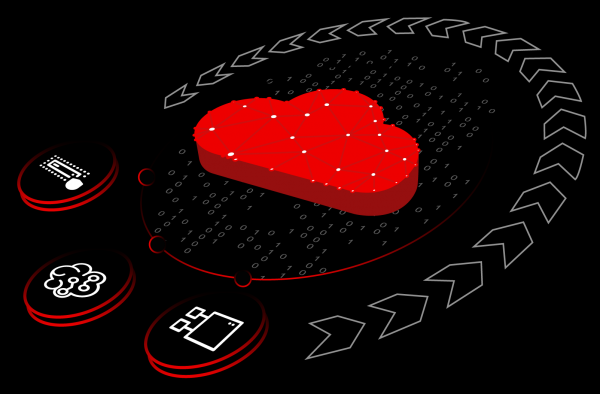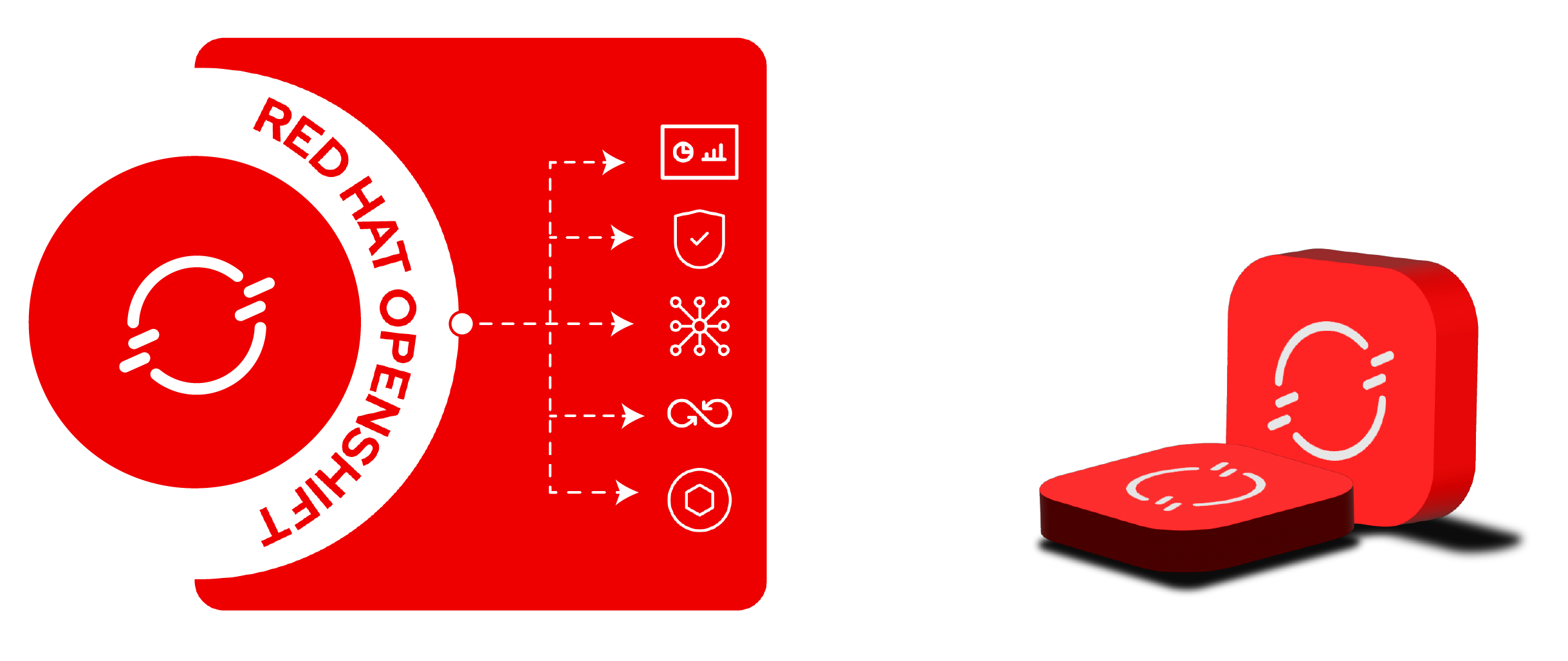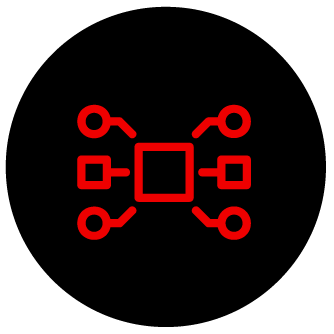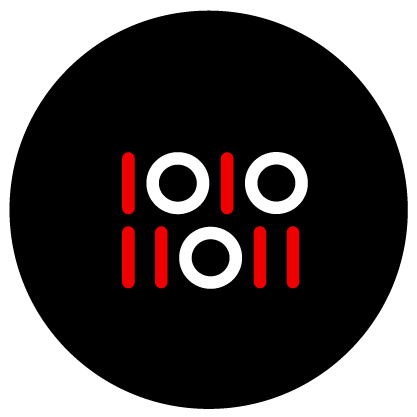
Kubernetes Container Platform
OpenShift Container Platform simplifies and accelerates the development, delivery, and life cycle management of a hybrid mix of applications, consistently anywhere across on-premise, public clouds, and edge
Learn More
Learn more about Containers
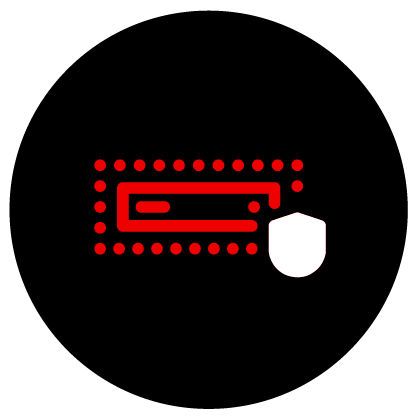
Virtualization
Red Hat® OpenShift® Virtualization, a feature of Red Hat OpenShift, allows IT teams to run virtual machines (VM) alongside containers on the same platform, simplifying management and improving time to production.
Learn More

Cluster Management
Cluster management is critical for ensuring the efficient operation, scalability, and availability of applications running in a clustered environment. Red Hat® Advanced Cluster Management for Kubernetes controls clusters and applications from a single console, with built-in security policies.
Learn More

Cluster Security
Cluster security is vital for containerized platforms, protecting against attacks, securing data and applications, and providing automated controls in dynamic environments. Red Hat Advanced Cluster Security enhances OpenShift clusters, shielding containerized applications throughout development and operation.
Learn More
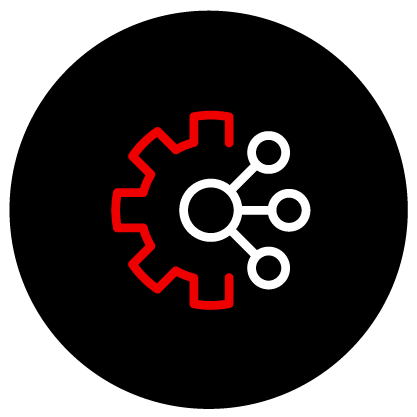
Pipelines & IaaC
OpenShift Pipelines automates the entire application lifecycle, from provisioning infrastructure to deploying and managing code. This approach helps developers deliver applications faster, with fewer errors, and greater consistency, supporting agile innovation and rapid response to market demands.
Learn More about GitOps
Learn More about DevOps
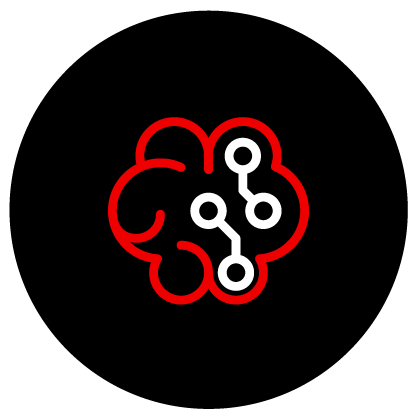
AI Workloads and Apps
Red Hat OpenShift AI accelerates AI/ML workflows by providing tools for building, deploying, and monitoring models across any environment (on-premise, cloud, edge). This empowers data scientists and developers to collaborate seamlessly, bringing AI-powered applications to life faster.
Learn More

Observability
Observability is the ability to monitor, measure, and interpret a system or application's status by analyzing its outputs, logs, and performance metrics. OpenShift observability empowers you to make data-driven decisions about your applications and infrastructure. It helps engineers ensure their reliability, optimize resource usage, and ultimately deliver a better user experience
Learn More

Modernization
Applications should be modernized to improve performance, enhance user experience, save costs, enhance security, improve integration and compatibility, and ensure regulatory compliance. Modernizing applications helps organizations stay competitive, improve operational efficiency, and provide better experiences for their users.
Learn More
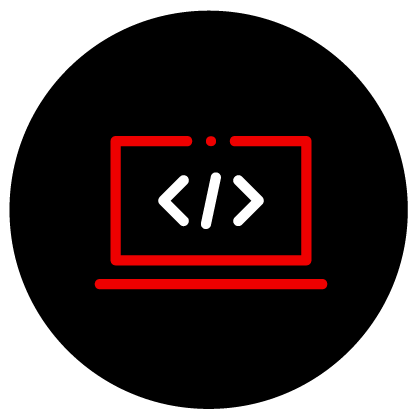
Internal Developer Portal
IDPs provide developers with access to resources, tools, and documentation needed to build and deploy applications within an organization. Red Hat Developer Hub is an enterprise-grade, open developer platform for building developer portals, containing a supported and opinionated framework.
Learn More

Developer Productivity
Developer experience, or DevEx, refers to the overall experience and satisfaction of developers while working with a particular platform, framework, or toolset. It encompasses various aspects that directly impact developers' productivity, efficiency, and satisfaction throughout the software development lifecycle.
Learn More
